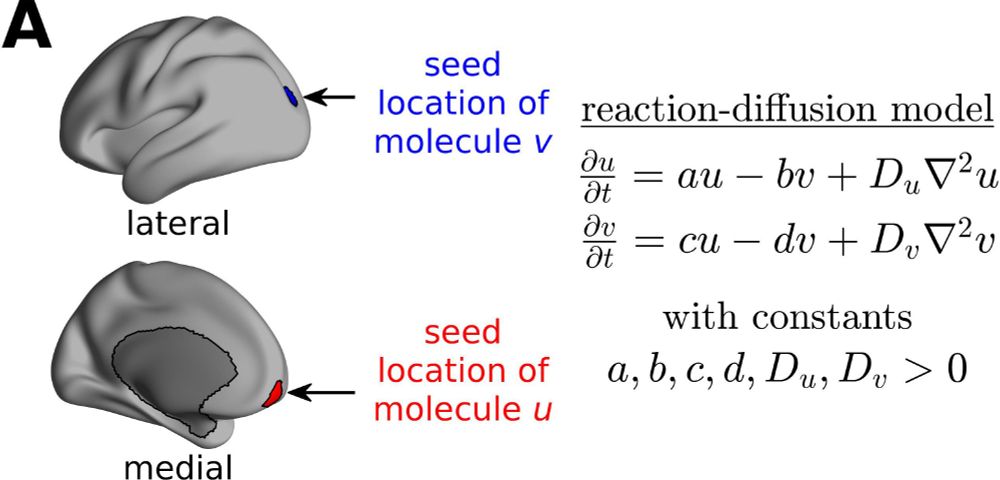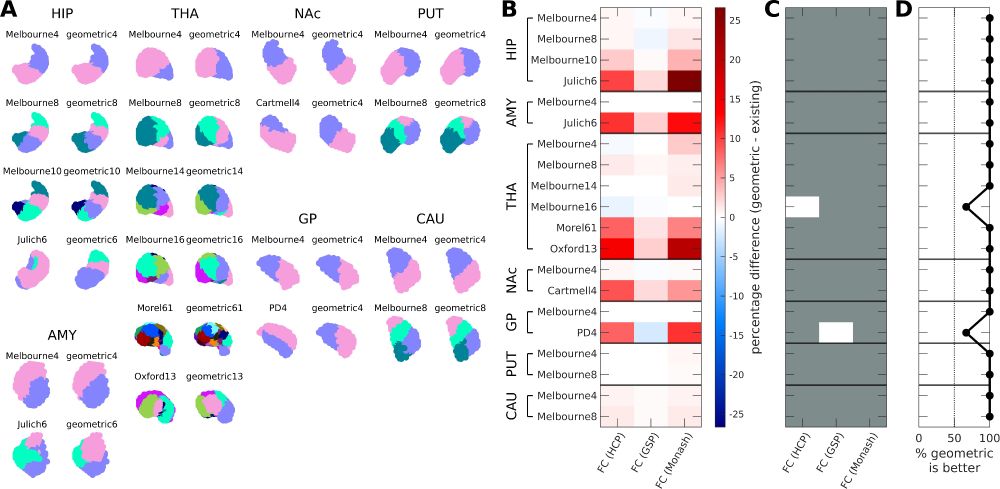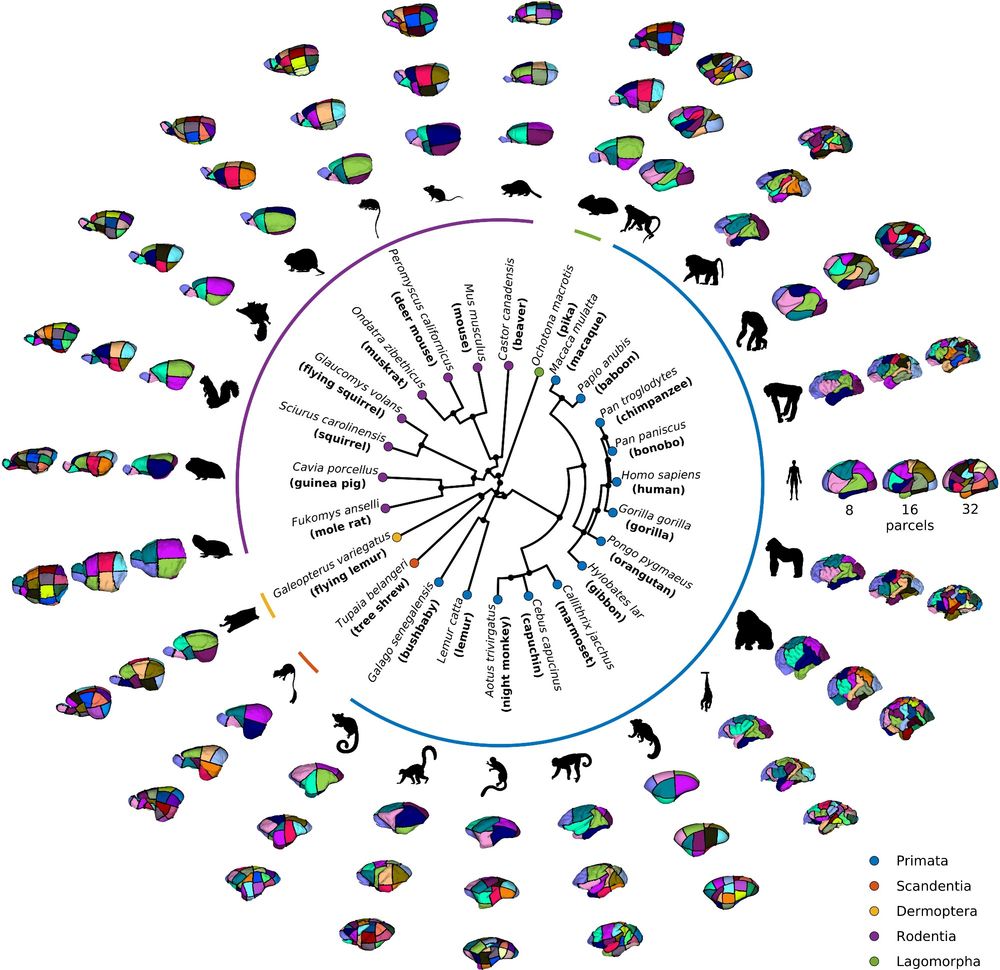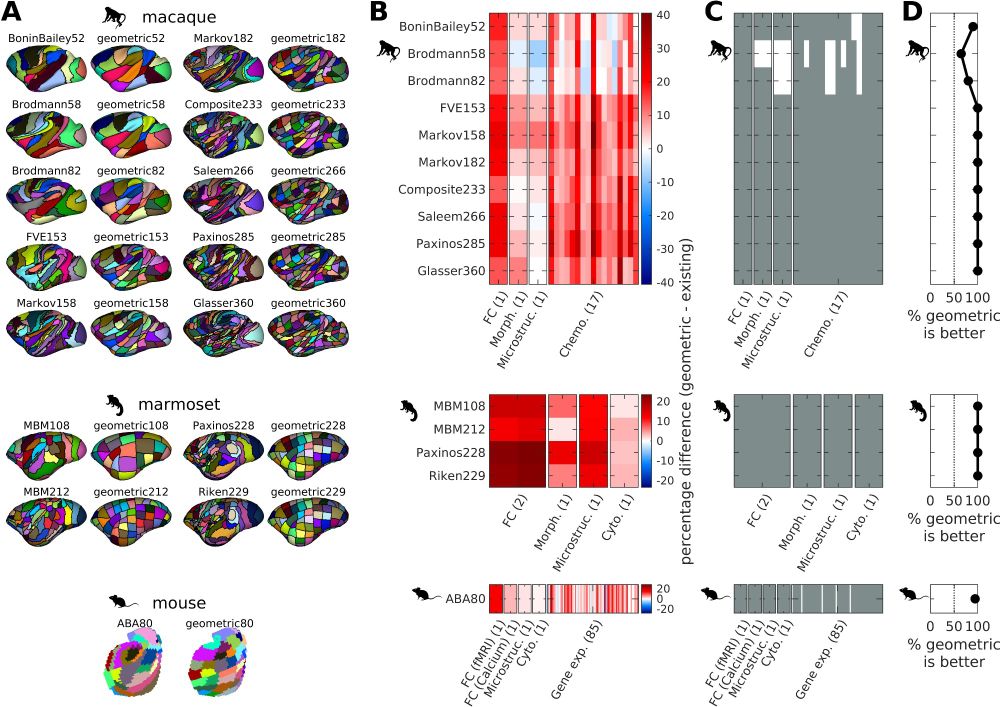James Pang
@jchrispang.bsky.social
NHMRC Emerging Leadership Fellow at the School of Psychological Sciences, Monash University
Physicist/neuroscientist working on neuroimaging and computational models in human and non-human species
Physicist/neuroscientist working on neuroimaging and computational models in human and non-human species
Please share with anyone who you think might be interested
@ohbm-australia.bsky.social @acnsau.bsky.social @ausneurosoc.bsky.social @ohbmtrainees.bsky.social
@ohbm-australia.bsky.social @acnsau.bsky.social @ausneurosoc.bsky.social @ohbmtrainees.bsky.social
April 17, 2025 at 4:33 AM
Please share with anyone who you think might be interested
@ohbm-australia.bsky.social @acnsau.bsky.social @ausneurosoc.bsky.social @ohbmtrainees.bsky.social
@ohbm-australia.bsky.social @acnsau.bsky.social @ausneurosoc.bsky.social @ohbmtrainees.bsky.social
The job is for at least two years, and we're looking for someone who can start before the end of the year.
Job ad closes on May 28 (see link for details).
DM or email me at james{dot}pang1@monash{dot}edu for further questions.
Job ad closes on May 28 (see link for details).
DM or email me at james{dot}pang1@monash{dot}edu for further questions.
April 17, 2025 at 4:33 AM
The job is for at least two years, and we're looking for someone who can start before the end of the year.
Job ad closes on May 28 (see link for details).
DM or email me at james{dot}pang1@monash{dot}edu for further questions.
Job ad closes on May 28 (see link for details).
DM or email me at james{dot}pang1@monash{dot}edu for further questions.
Average should be fine
February 3, 2025 at 6:18 PM
Average should be fine
Send me some 🐷 brains to add to the library 😆😆
February 3, 2025 at 6:02 PM
Send me some 🐷 brains to add to the library 😆😆
For anyone interested in using our methods, the paper's associated GitHub page will be released soon.
In the meantime, check out the preprint's main text and supps for all the juicy details. Can also send a DM or email at james{dot}pang1{at}monash{dot}edu for more info. (15/n)
In the meantime, check out the preprint's main text and supps for all the juicy details. Can also send a DM or email at james{dot}pang1{at}monash{dot}edu for more info. (15/n)
February 3, 2025 at 12:45 AM
For anyone interested in using our methods, the paper's associated GitHub page will be released soon.
In the meantime, check out the preprint's main text and supps for all the juicy details. Can also send a DM or email at james{dot}pang1{at}monash{dot}edu for more info. (15/n)
In the meantime, check out the preprint's main text and supps for all the juicy details. Can also send a DM or email at james{dot}pang1{at}monash{dot}edu for more info. (15/n)
We started this in 2021, so it has been a long 4 yr study! Big thanks to @alexfornito.bsky.social PRobinson @kevinaquino.bsky.social PLevi @dralexholmes.bsky.social MMarkicevic XShen TFunck NPalomero RKong @bttyeo.bsky.social JTiego MBellgrove @toddc.bsky.social ELake @drbreaky.bsky.social (14/n)
February 3, 2025 at 12:45 AM
We started this in 2021, so it has been a long 4 yr study! Big thanks to @alexfornito.bsky.social PRobinson @kevinaquino.bsky.social PLevi @dralexholmes.bsky.social MMarkicevic XShen TFunck NPalomero RKong @bttyeo.bsky.social JTiego MBellgrove @toddc.bsky.social ELake @drbreaky.bsky.social (14/n)
In summary, this work points to a fundamental role that geometry plays not just in shaping brain function but also in its regional organization that is conserved across the mammalian species. (13/n)
February 3, 2025 at 12:45 AM
In summary, this work points to a fundamental role that geometry plays not just in shaping brain function but also in its regional organization that is conserved across the mammalian species. (13/n)
We find highly robust correspondence between model solutions vs geometric modes and model parcs vs geometric parcs, demonstrating that the reaction-diffusion process may represent a conserved developmental mechanism for establishing the regional organization of the brain. (12/n)

February 3, 2025 at 12:45 AM
We find highly robust correspondence between model solutions vs geometric modes and model parcs vs geometric parcs, demonstrating that the reaction-diffusion process may represent a conserved developmental mechanism for establishing the regional organization of the brain. (12/n)
We want to go further and provide mechanistic insights into why our geometric parcellations work so well. Hence, we go back to the initial motivation of this study and develop a computational model that mimics the reaction and diffusion of patterning molecules. (11/n)

February 3, 2025 at 12:45 AM
We want to go further and provide mechanistic insights into why our geometric parcellations work so well. Hence, we go back to the initial motivation of this study and develop a computational model that mimics the reaction and diffusion of patterning molecules. (11/n)
Fourth, we can even go to the individual level, only needing individual-specific cortical surfaces. (10/n)

February 3, 2025 at 12:45 AM
Fourth, we can even go to the individual level, only needing individual-specific cortical surfaces. (10/n)
Third, the approach and homogeneity results are generalizable to non-neocortical structures such as subcortical and allocortical structures (i.e., HIP, AMY, THA, NAc, GP, PUT, CAU). (9/n)

February 3, 2025 at 12:45 AM
Third, the approach and homogeneity results are generalizable to non-neocortical structures such as subcortical and allocortical structures (i.e., HIP, AMY, THA, NAc, GP, PUT, CAU). (9/n)
Second, thanks to the data in the beautiful study of Schwartz et al. (2023, Nat Comms), we show that we can generate parcs for 24 other mammalian species, covering the Primata, Scandentia, Dermoptera, Rodentia, and Lagomorpha orders. Most don't even have parcs to date! (8/n)

February 3, 2025 at 12:45 AM
Second, thanks to the data in the beautiful study of Schwartz et al. (2023, Nat Comms), we show that we can generate parcs for 24 other mammalian species, covering the Primata, Scandentia, Dermoptera, Rodentia, and Lagomorpha orders. Most don't even have parcs to date! (8/n)
The great thing about our approach is that it only requires T1w MRI, so it is highly generalizable!
First, it is generalizable to mammals (macaque, marmoset, mousse neocortices), with superior homogeneity against 15 existing parcs across 114 FC and non-FC phenotypes. (7/n)
First, it is generalizable to mammals (macaque, marmoset, mousse neocortices), with superior homogeneity against 15 existing parcs across 114 FC and non-FC phenotypes. (7/n)

February 3, 2025 at 12:45 AM
The great thing about our approach is that it only requires T1w MRI, so it is highly generalizable!
First, it is generalizable to mammals (macaque, marmoset, mousse neocortices), with superior homogeneity against 15 existing parcs across 114 FC and non-FC phenotypes. (7/n)
First, it is generalizable to mammals (macaque, marmoset, mousse neocortices), with superior homogeneity against 15 existing parcs across 114 FC and non-FC phenotypes. (7/n)
We also find that the homogeneity of the geometric parcs remains superior across 242 non-FC cortical phenotypes, covering diverse properties of morphometry, microstructure, cytoarchitecture, metabolism, gene expression, chemoarchitecture, and fMRI task activations! (6/n)

February 3, 2025 at 12:45 AM
We also find that the homogeneity of the geometric parcs remains superior across 242 non-FC cortical phenotypes, covering diverse properties of morphometry, microstructure, cytoarchitecture, metabolism, gene expression, chemoarchitecture, and fMRI task activations! (6/n)
Focusing first on the human neocortex, we find that the geometric parcs produce regions that are more functionally homogeneous (FC based on 3 independent resting-state fMRI datasets) than those in nearly all 17 cortical parcs commonly used in the field. (5/n)

February 3, 2025 at 12:45 AM
Focusing first on the human neocortex, we find that the geometric parcs produce regions that are more functionally homogeneous (FC based on 3 independent resting-state fMRI datasets) than those in nearly all 17 cortical parcs commonly used in the field. (5/n)
Inspired by this equivalence, we use the geometric eigenmodes (which can be derived directly from T1w MRI) to develop a simple, hierarchical approach for generating a multiscale parcellation of any brain structure. We term as geometric parcellations. (4/n)

February 3, 2025 at 12:45 AM
Inspired by this equivalence, we use the geometric eigenmodes (which can be derived directly from T1w MRI) to develop a simple, hierarchical approach for generating a multiscale parcellation of any brain structure. We term as geometric parcellations. (4/n)


